Vocal medicine is the branch of otorhinology that deals with the diaseases of the voice and the larynx. Speech is one of the most basic human characteristics as it is the basic means to communicate. In order to create speech, it is at first place necessary to produce voice, meaning a sound in the larynx area and secondly with the help/collaboration of ather organs speech is finally being produced. Voice is being produced by vocal cords. Τhe first symptom that a patient can notice is the change of the tinge of his voice (hoarseness), there can also appear problebs/trouble in breathing or swallowing.
Vocal cord diseases surgically treated
- Vocal cord polyps
- Vocal cord nodes and nodules
- Hoarseness (intense or chronic)
- Reinke Oedema
- Vocal cords Disfunction
- Laryngeal tumours (benign or malignant)
- Foreign body aspiration or swallowing
The operation
Microlaryngoscopy with the use of microscopes. Removal of the diseased tissue and sending for histological examination. The operation is being done with conventional equipment or Laser. There is no visible scar of the incision
Stages
- Placement of the surgical microscope and the laryngoscope so there is clear sight of the larynx and the patient’s anatomical structures
- Removal of the pathologic tissue by conventional surgical sets or the use of Laser
- Further examination of the larynx area in order to detect damages not found before the operation
- Sending tissue parts for histological examination)
Anesthesia
General
Duration of surgery
20’ to 1 hour
Stay in the clinic
Discharge 6 hours after the surgery
Result
The excision is sure and can be ascertained by the patient who can watch the operated area on a video the day after the operation
Combination with other operations
Because of the fact that it is a slight operation for an organism it could be combined with Uvulopalatopharyngoplasty (snoring and sleep apnea), septoplasty (nasal septum deviation) or nasal concha cauterisation (concha hypertrophy)
Instructions after surgery
- Immediate mobilization of the patient after the surgery
- Total voice rest for 2 days and this means not using your voice at all (complete silence). During this time, it is very important for you to do no talking, mouthing words, whispering, or any of the other activities like coughing, whispering, whistling, humming, singing, laughing, crying, throat-clearing, groaning, holding your breath, yelling, lifting heavy objects. From the 3d day the patient can start speaking again for a specific period of time each day as following:
- 3d day: 5 min, 4th day: 10 min, 5th day: 15 min, 6th day: 20 min etc
- Increase of voice volume is allowed only after a month's time
- No painkillers required
- No antibiotics required





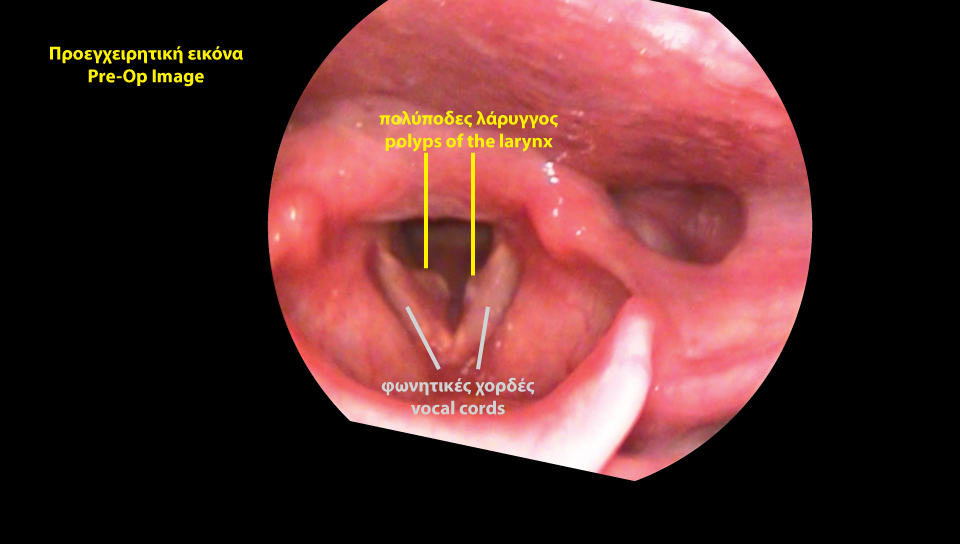
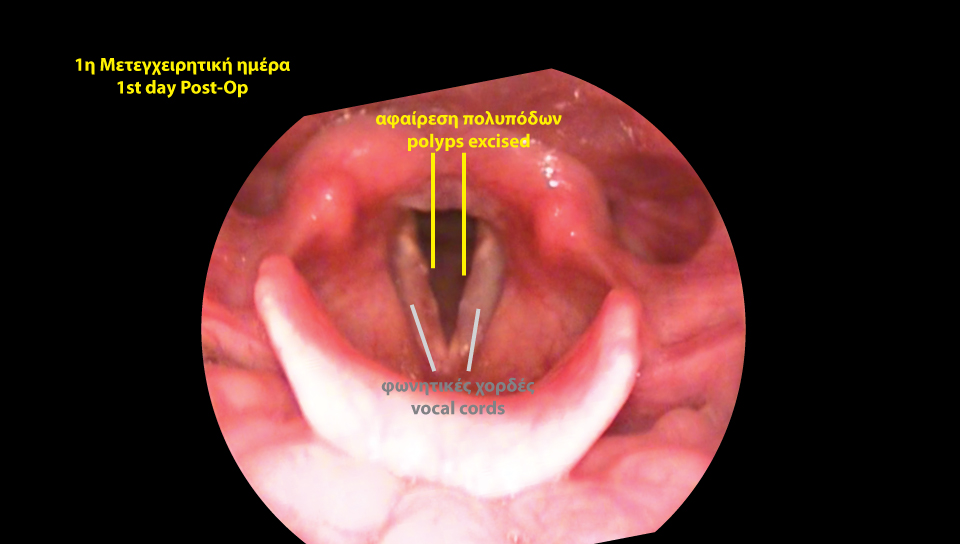
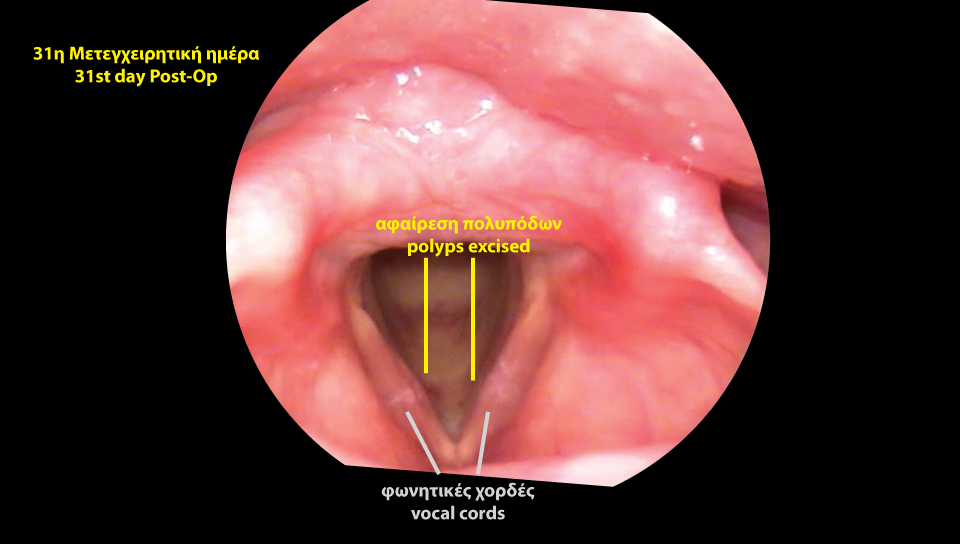
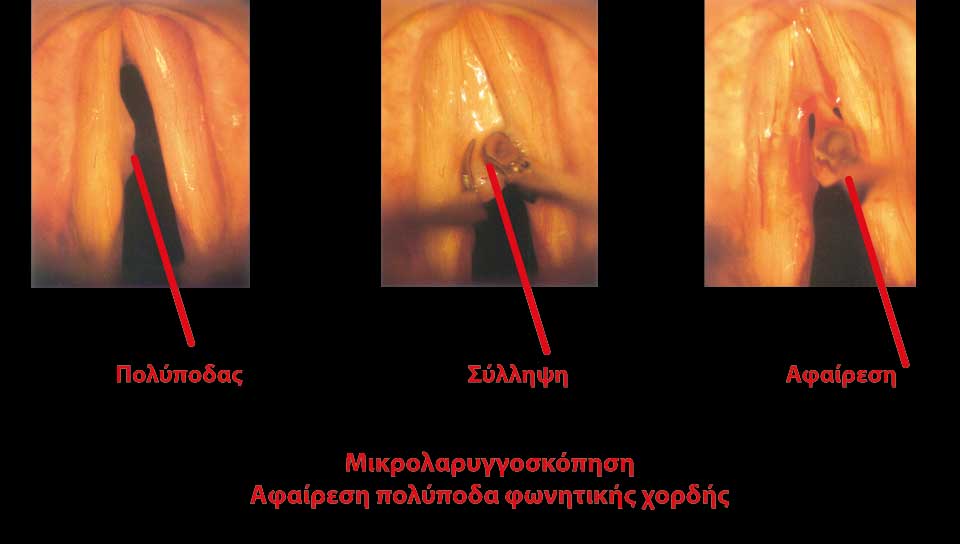
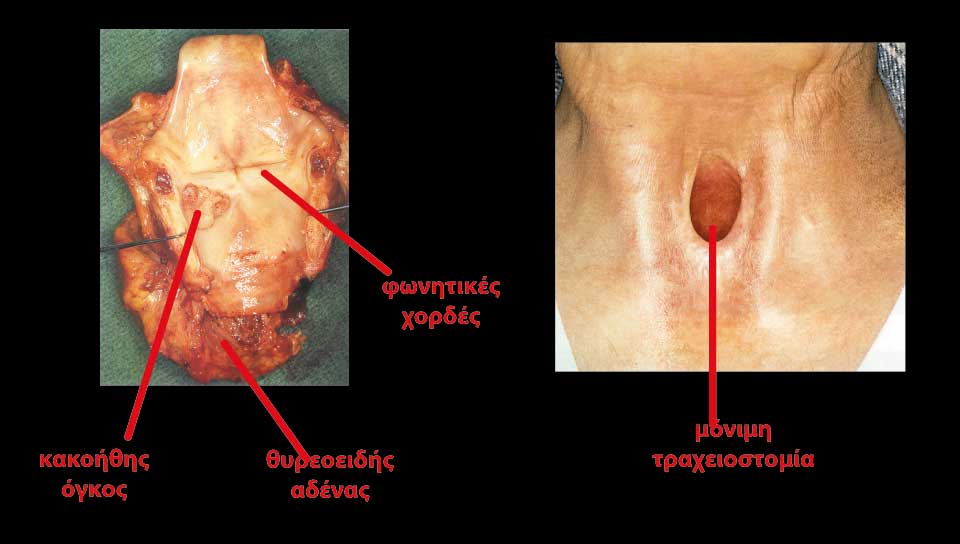

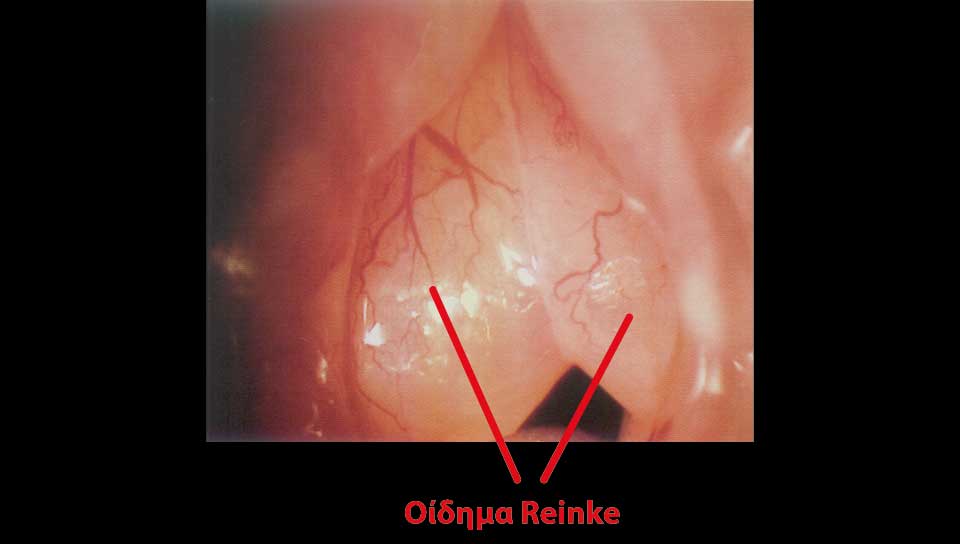

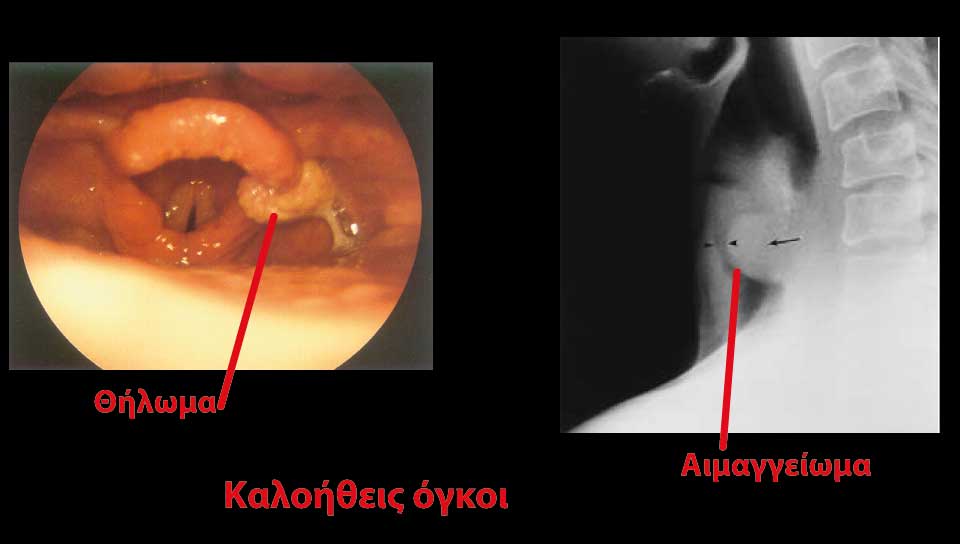
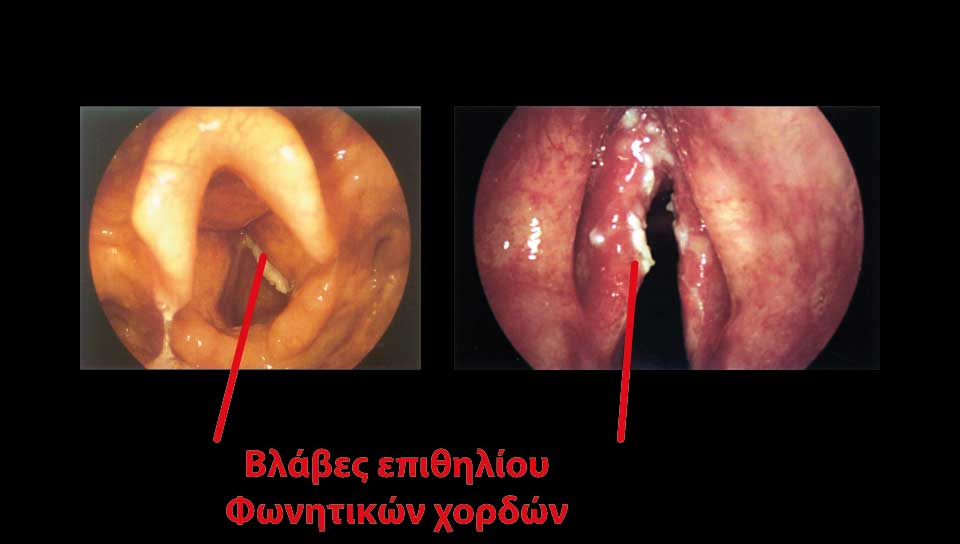












 Press here to download a free QR Reader
Press here to download a free QR Reader



